Judging from user evaluation and market feedback, the outstanding functions of the hot stamping foil slitting machine in practical application are mainly concentrated in the following aspects, and these functions are also the most favored by users:
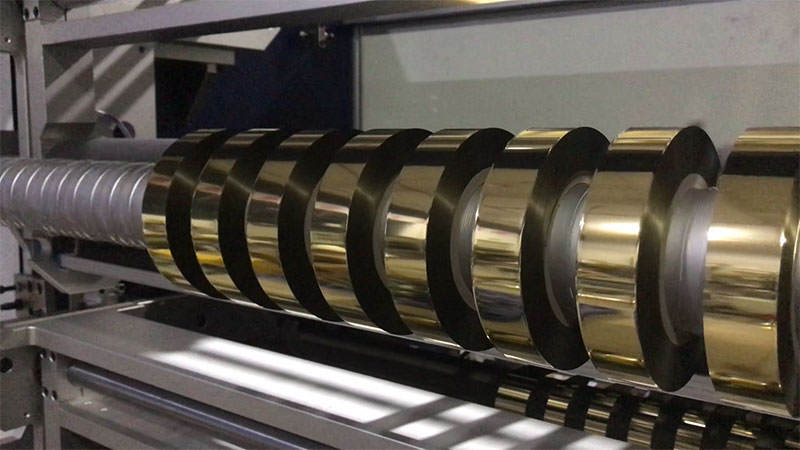
1. High-precision slitting and stability
• Core advantages: Users are generally concerned about slitting accuracy (e.g., error control within 0.1mm ±), especially for slitting needs of narrow hot stamping foils (e.g., used in luxury packaging or precision labels).
• Actual performance: The model equipped with high-rigidity tools and servo control system has a high evaluation, which can reduce the problem of burrs and curls, ensure the smooth edge after slitting, and directly improve the finished product rate of hot stamping.
2. Automation and intelligent functions
• Automatic Guiding System: User feedback can greatly reduce manual adjustment time and avoid material waste, especially for the slitting of thin foil foil (e.g. up to 12 μm).
• Tension control: Dynamic tension adjustment (e.g., closed-loop control) has been well received and can adapt to foils of different materials (PET, OPP, etc.) to prevent stretch deformation or breakage.
• Human-Machine Interface (HMI): Intuitive touchscreen operation and the ability to preset process parameters significantly lower the barrier to entry, especially for SMB users.

3. Efficient production and flexibility
• Quick tool change/roll change: The model that supports multi-specification slitting (such as 10mm-1000mm width adjustable) and short changeover time is more popular, suitable for small batch custom orders.
• High-speed slitting: Some users mentioned that high-end models can reach a slitting speed of 300m/min, but they pay more attention to the balance between speed and stability, rather than simply pursuing high speed.
4. Material adaptability and eco-friendly design
• Multi-material compatibility: The demand for models that can handle special hot stamping foils such as matte, mirror, laser, etc. is growing, and users have reported that some models achieve better results by adjusting the knife pressure and temperature presets.
• Low-scrap design: Waste edge recycling systems in the slitting process and features that minimize material loss, such as intelligent knife placement algorithms, are valued by environmentally conscious companies.
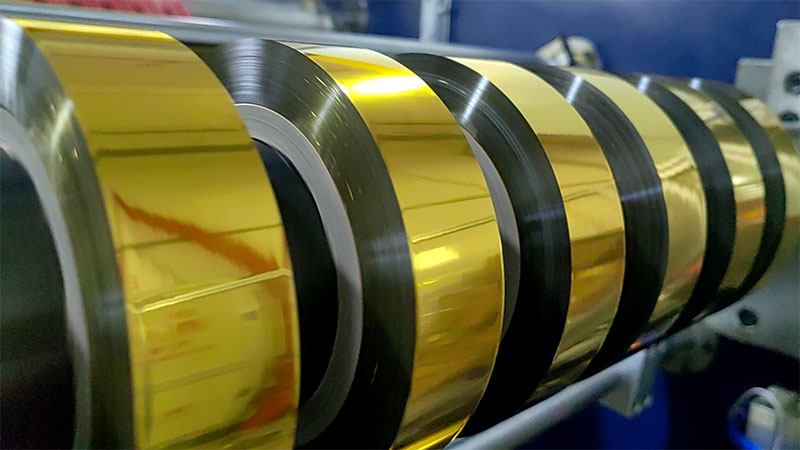
5. Durability and ease of maintenance
• Tool life: Users have a higher evaluation of models with tungsten carbide or ceramic tools, and the long-term use cost is lower.
• Modular design: Easy cleaning and replacement of wear parts (e.g. bearings, guides) reduces downtime, which is particularly critical in hygienic areas such as food packaging and pharmaceutical labeling.
User Complaint Points (Reverse Reference)
• Common problems: low-end models are easy to stick when slitting heat-sensitive foils, foil breaks due to unstable tension, and slow after-sales service response.
• Improved demand: Some users want to add AI defect detection (e.g., automatic identification of foil defects) and remote diagnostics.
summary
The order of the most preferred features is roughly as follows: accuracy> automation> efficiency> compatibility > maintenance costs. When it comes to actual purchases, different industries have different priorities – for example, luxury packaging emphasizes precision, while daily chemical labels focus more on production efficiency. If manufacturers can optimize the above functions and solve pain points, their market competitiveness will be significantly improved.
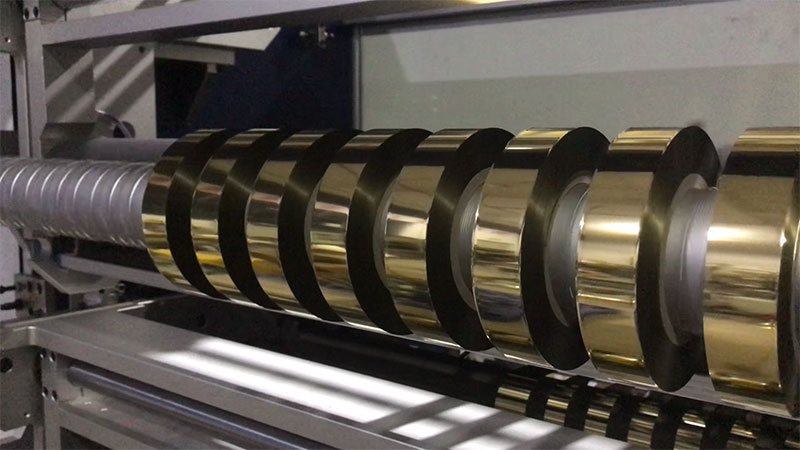 Key points of long-term reliability evaluation of hot stamping foil slitting machine: How to protect investment safety on the blade?
Key points of long-term reliability evaluation of hot stamping foil slitting machine: How to protect investment safety on the blade?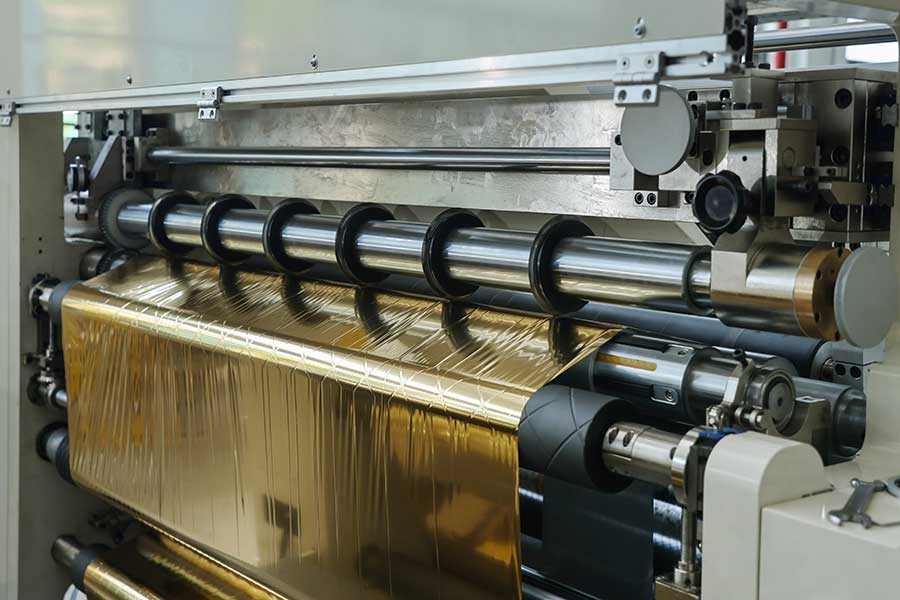 Real user feedback: Reliability challenges and countermeasures in the production of hot stamping foil slitting machines
Real user feedback: Reliability challenges and countermeasures in the production of hot stamping foil slitting machines Simplifying the complex: when the hot stamping foil slitting machine learns to "think"
Simplifying the complex: when the hot stamping foil slitting machine learns to "think"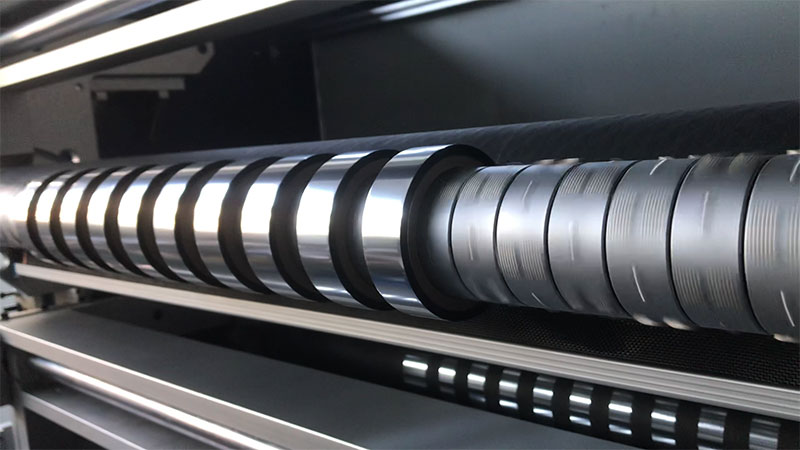 Reduced downtime: Reliability improvement solution for hot stamping foil slitting machines
Reduced downtime: Reliability improvement solution for hot stamping foil slitting machines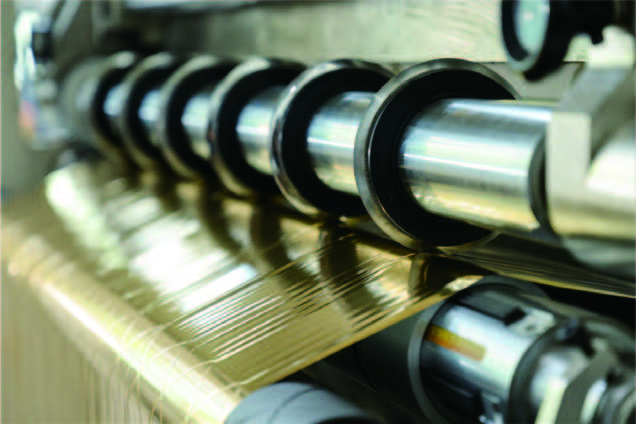 High reliability commitment: Durability testing and guarantee of hot stamping foil slitting machines
High reliability commitment: Durability testing and guarantee of hot stamping foil slitting machines